Portugal’s coastline stretches for over 1,100 miles, creating countless pockets where traditional fishing communities have flourished for centuries. These villages offer something you won’t find in glossy tourist brochures — authentic glimpses into a way of life that’s remained remarkably unchanged despite the modern world rushing past. From rugged northern shores to the sun-soaked Algarve, each village tells its own story through weathered boats, ancient techniques, plus families who’ve cast nets for generations.
Walking through these communities feels like stepping back in time. The day still begins before sunrise with fishermen preparing their boats, yet ends with the evening catch being sorted on the docks. Here is a list of 15 fishing villages that capture the true spirit of Portugal’s maritime heritage.
Nazaré
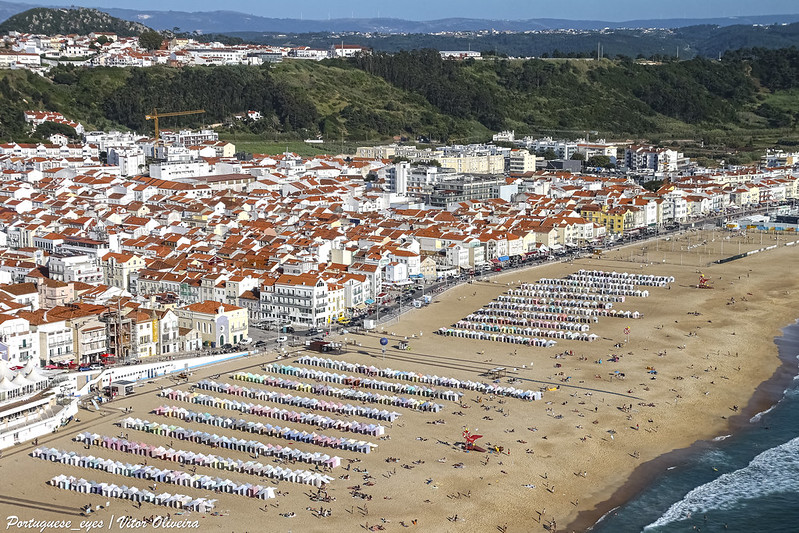
This coastal town gained worldwide fame for its massive waves, though long before surfers arrived, Nazaré was home to one of Portugal’s most traditional fishing communities. The fishermen here still use colorful boats called ‘bateiras’ that are pulled directly onto the beach by tractors — a sight that’s both practical plus picturesque. The women of Nazaré, known as ‘nazarenas’, wear traditional seven-petticoat skirts. They can often be seen mending nets or selling fish in the market. The village sits beneath towering cliffs, while visitors can take a funicular railway up to Sítio for panoramic views of the Atlantic.
Aveiro

Often called the ‘Venice of Portugal’, Aveiro is famous for its network of canals plus distinctive boats called ‘moliceiros’. These brightly painted vessels were originally used to harvest seaweed for fertilizer — today they offer scenic tours through the town’s waterways. The traditional houses are painted in vibrant stripes of blue, yellow, plus red, creating a rainbow effect along the canals. Aveiro is also renowned for its ‘ovos moles’, a sweet treat made from egg yolks plus sugar that reflects the town’s connection to its convent heritage.
Sesimbra

— Photo by fotokon
Nestled in a protected bay about 25 miles south of Lisbon, Sesimbra combines a working fishing port with beautiful beaches. The morning fish auctions at the harbor are a spectacle worth witnessing — locals gather to bid on the night’s catch while seagulls circle overhead, hoping for scraps. The village is dominated by a medieval castle that offers stunning views over the bay, plus the fishing fleet below. Fresh grilled sardines along with seafood rice are specialties here, often served at restaurants with tables practically on the sand.
Peniche

This fortified peninsula town has been shaped by its relationship with the sea for over 700 years. Peniche is particularly famous for its lace-making tradition, where local women create intricate ‘renda de bilros’ (bobbin lace) while waiting for their fishermen to return. The town serves as a gateway to the Berlengas Islands — a UNESCO World Biosphere Reserve that’s home to thousands of seabirds. The local markets overflow with fresh fish, plus the town hosts one of Portugal’s most important fishing festivals each August.
Cascais
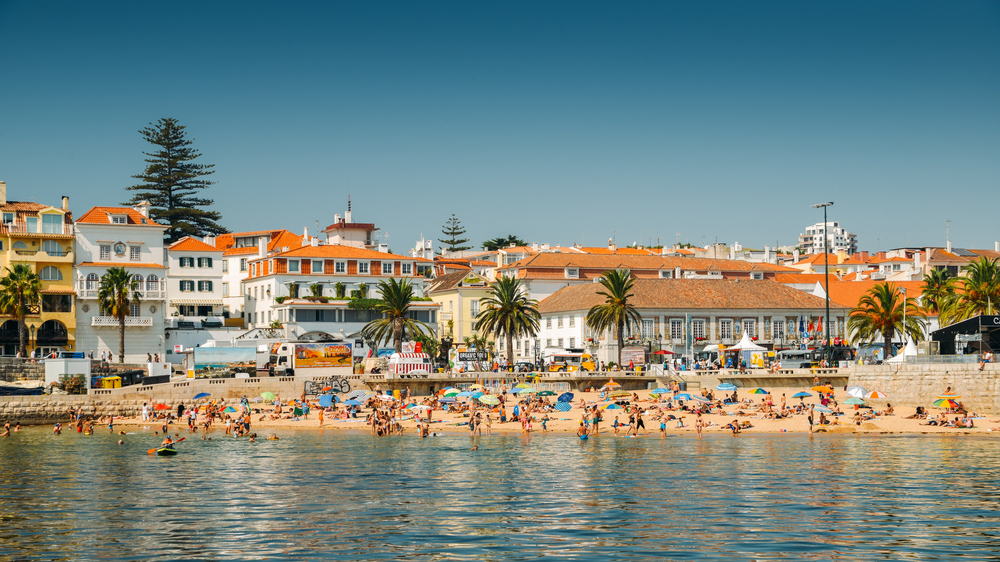
Once a humble fishing village, Cascais transformed into a resort destination when Portuguese royalty began summering here in the 19th century. Despite its upscale reputation, the old fishing quarter still operates near the main beach — where you can watch fishermen repair nets plus prepare for the next day’s voyage. The town maintains several excellent seafood restaurants that serve catches brought in by the local fleet. The contrast between luxury yachts plus traditional fishing boats in the harbor perfectly captures Cascais’ dual identity.
Óbidos Lagoon Villages
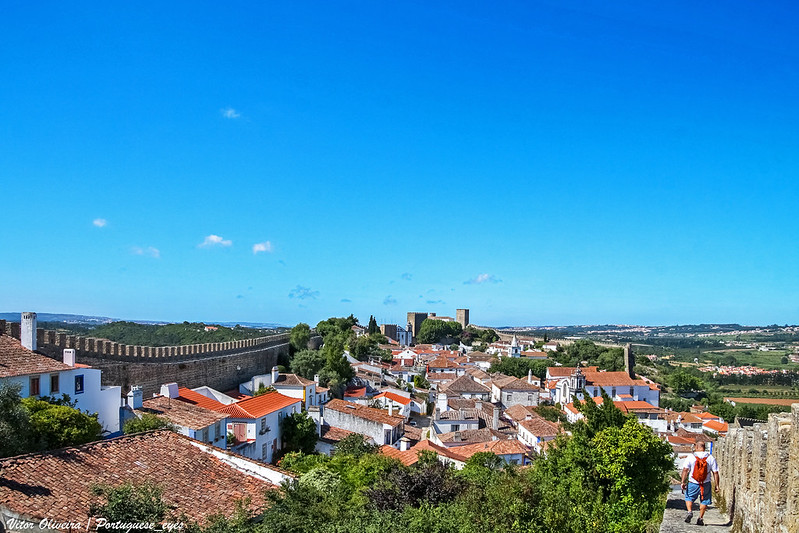
The villages surrounding Óbidos Lagoon represent some of Portugal’s most untouched fishing communities. Places like Foz do Arelho plus São Martinho do Porto maintain traditional lifestyles where fishing families have worked the same waters for generations. The lagoon’s calm waters are perfect for small boats — while the surrounding salt marshes provide habitat for numerous bird species. These villages offer visitors a chance to experience authentic Portuguese coastal life without the crowds found in more famous destinations.
Vila do Conde
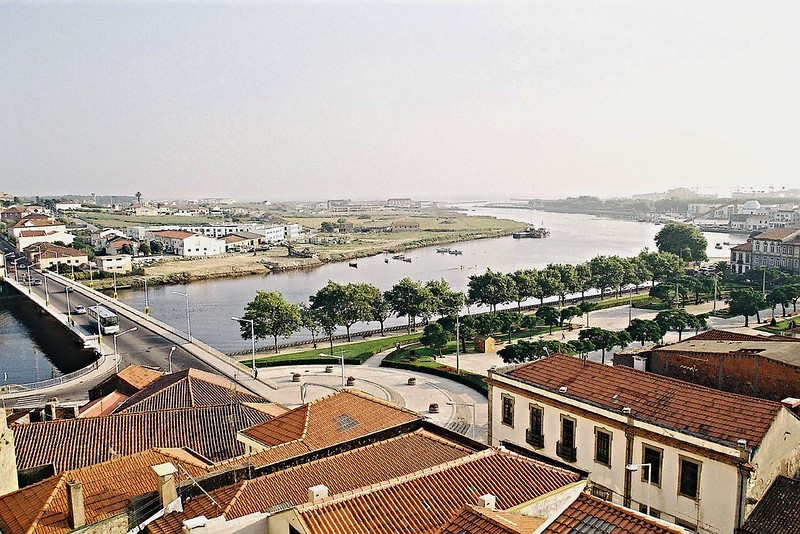
This northern town sits at the mouth of the Ave River, having served as a fishing plus shipbuilding center since medieval times. The local fishermen still use traditional methods — you can often see them hauling nets on the beach in a technique called ‘arte xávega’. Vila do Conde is also famous for its bobbin lace, considered among the finest in Portugal, while the town hosts an annual lace festival. The replica of a 16th-century caravel in the harbor reminds visitors of the town’s historical importance in Portugal’s Age of Discovery.
Matosinhos
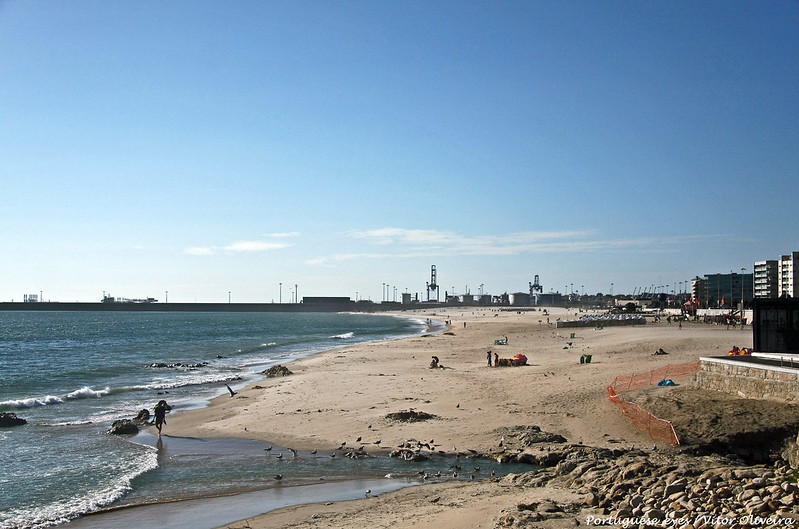
Located just north of Porto, Matosinhos is renowned throughout Portugal for having some of the country’s best seafood restaurants. The fishing port here is one of the most active on the northern coast — the morning fish market draws buyers from across the region. The town’s beach is lined with ‘marisqueiras’ (seafood restaurants) where grilled fish is served simply with potatoes, vegetables, plus local white wine. Matosinhos also hosts one of Europe’s largest seafood festivals each June.
Caminha
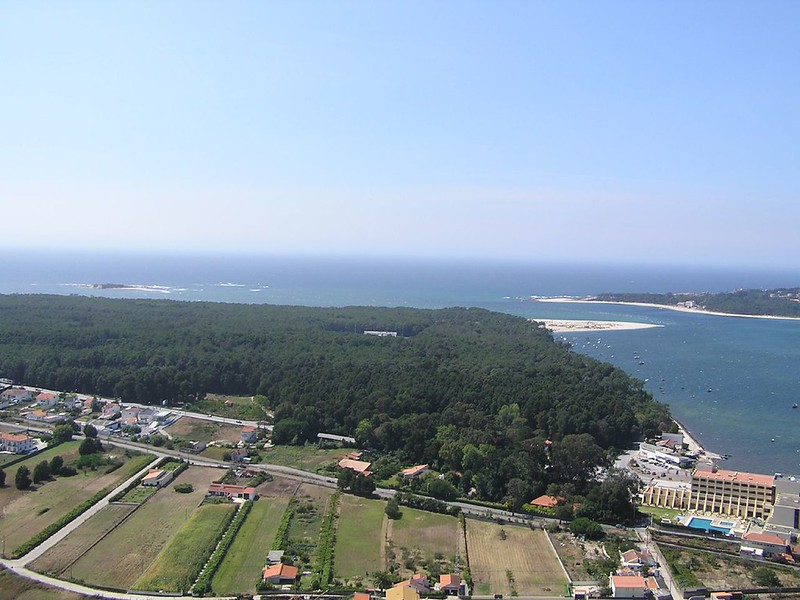
Situated where the Minho River meets the Atlantic, Caminha offers visitors a glimpse into traditional river plus ocean fishing techniques. The town’s medieval center is remarkably well-preserved, with narrow streets leading down to the waterfront where colorful fishing boats dock. Local fishermen still use traditional traps called ‘pesqueiras’ to catch salmon plus lamprey in the river. The town’s location on the Spanish border means you’ll find Galician influences in both the architecture plus cuisine.
Povoa de Varzim
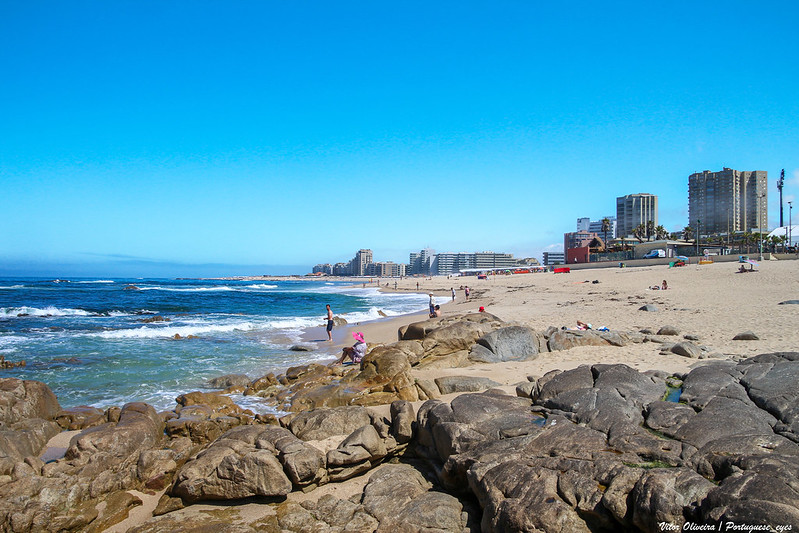
This northern coastal town has maintained its fishing traditions alongside its development as a beach resort. The local fishing fleet still operates from the central beach — visitors can watch the daily ritual of boats being launched plus retrieved using tractors. Povoa de Varzim is famous for its unique fishermen’s sweaters, featuring intricate patterns that supposedly helped identify fishermen if they were lost at sea. The town’s weekly market is one of the best places in northern Portugal to buy fresh fish directly from the boats.
Ericeira

Recognized as a World Surfing Reserve, Ericeira balances its modern surf culture with deep fishing traditions. The old part of town centers around the fishing harbor, where traditional boats called ‘traineiras’ bring in their daily catch. Local restaurants serve some of the finest seafood on the central coast. Caldeirada (fish stew) is a particular specialty here. The town’s clifftop location provides dramatic views of the Atlantic, though the contrast between surfers and fishermen sharing the same waters creates a uniquely Portuguese scene.
Lagos
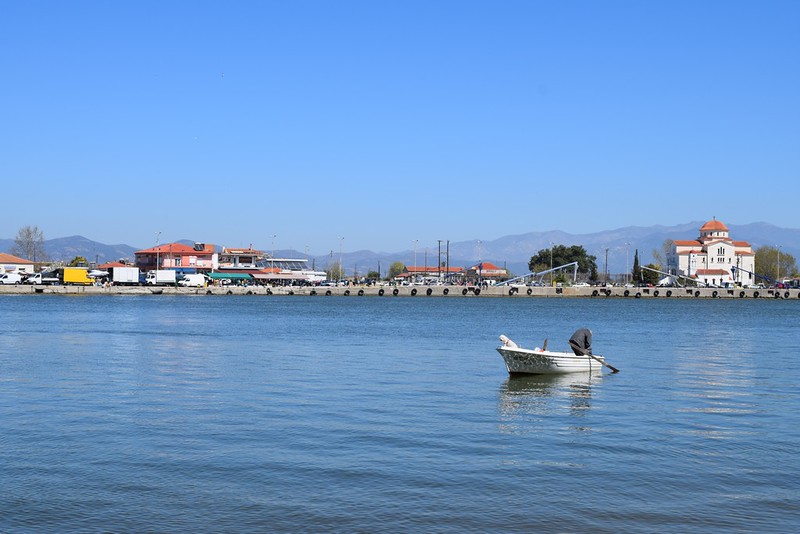
In the heart of the Algarve, Lagos combines dramatic coastal scenery with a rich maritime history. The town was once the departure point for many of Portugal’s Age of Discovery expeditions. Today, it maintains an active fishing fleet alongside its tourism industry. The morning fish market near the marina offers an authentic glimpse into local life, with vendors selling everything from sardines to sea bass. Lagos’ location near the dramatic Ponta da Piedade cliffs makes it one of the most scenic fishing ports in southern Portugal.
Portimão
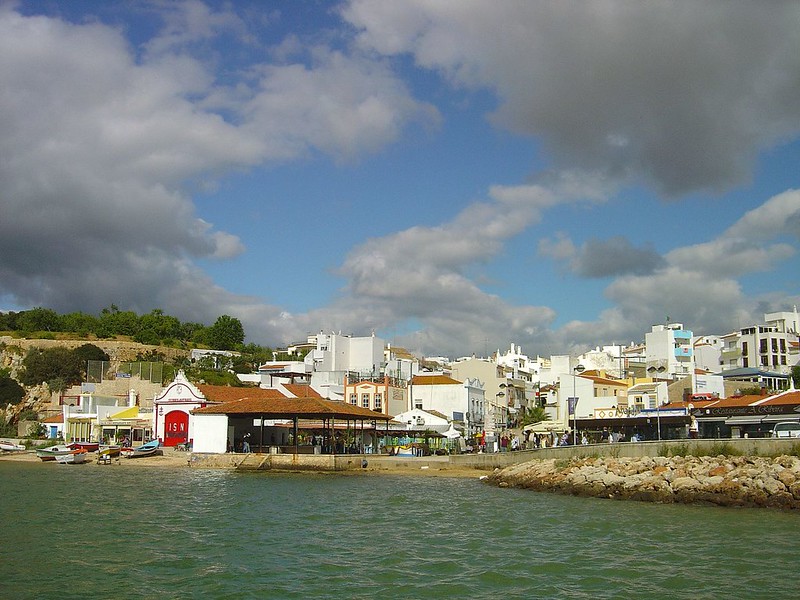
The Algarve’s second-largest city began as a fishing village yet has never completely abandoned its maritime roots. The Arade River runs through the center of town, while traditional fishing boats still dock along its banks near the famous grilled sardine restaurants. Portimão hosts one of Portugal’s most important sardine festivals each August. The entire city celebrates its fishing heritage with music, dancing, and endless plates of grilled fish. The nearby beaches of Praia da Rocha add to the town’s appeal for visitors.
Tavira

Often considered the most beautiful town in the Algarve, Tavira sits on the banks of the Gilão River just inland from the coast. The town’s fishing fleet operates from nearby Quatro Águas. Boats navigate narrow channels through salt marshes to reach the open ocean. Tavira is famous for its tuna fishing, while the local ‘atum de Tavira’ is considered among the best in Portugal. The town’s Roman bridge and Moorish-influenced architecture create a stunning backdrop for the traditional fishing activities.
Sagres
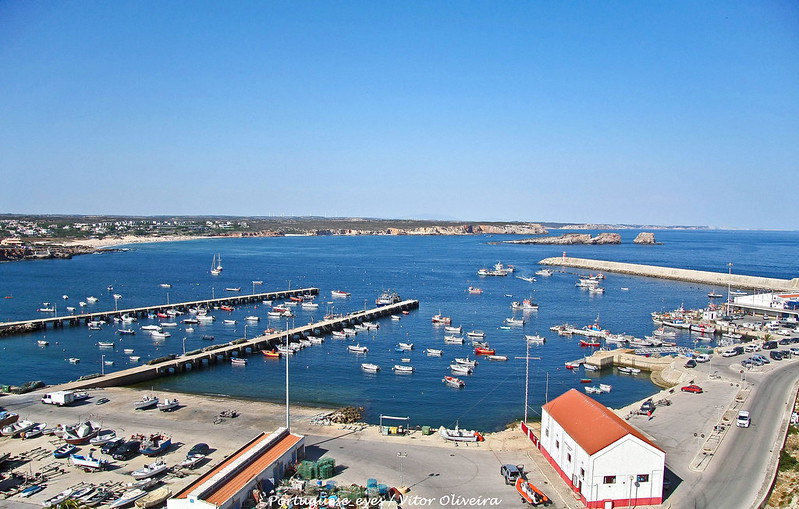
At the extreme southwestern tip of Portugal, Sagres feels like the edge of the world — which is exactly how it felt to medieval Europeans. This small fishing village sits on dramatic cliffs where the Atlantic’s power is on full display. Local fishermen must be especially skilled to navigate these challenging waters. The village is closely associated with Prince Henry the Navigator, who established a school of navigation here in the 15th century. Despite its historical importance and stunning location, Sagres has remained remarkably unspoiled, with fishing boats still the most common sight in its small harbor.
Where Tradition Meets Tomorrow
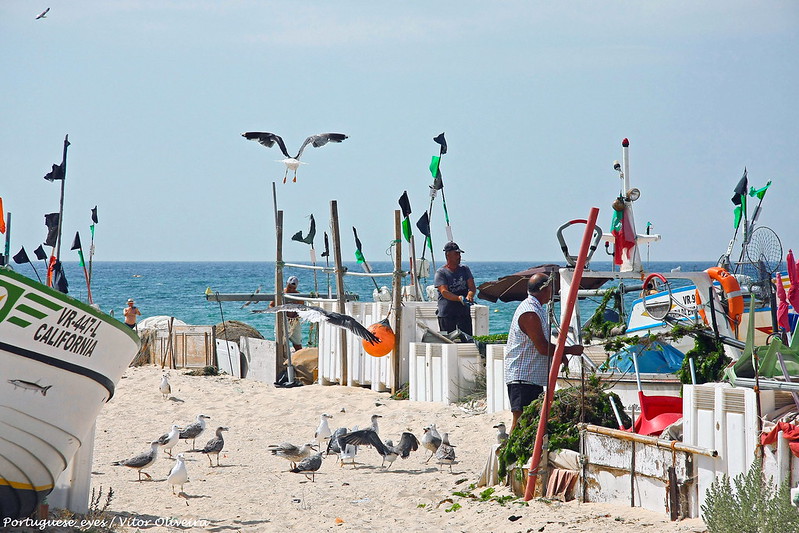
These Portuguese fishing villages represent far more than picturesque stops along a coastal road trip. They’re living museums where centuries-old traditions continue to thrive in an increasingly modern world. The fishermen who launch their boats each dawn carry forward techniques passed down through countless generations, while their communities adapt to welcome visitors without losing their authentic character. Each village offers travelers the chance to experience a Portugal that exists beyond the tourist trail — one where the rhythm of life still follows the tides and the catch of the day determines the evening’s feast.
More from Travel Pug

- 20 Best Beach Towns in the Carolinas
- 13 Destinations Where Tourists Regularly Regret Their Trip
- 20 Things You Actually Get in First Class
- 20 Small Airports With Aviation Museums
- 20 Places in the U.S. That Are Perfect for a Reset Trip
Like Travel Pug’s content? Follow us on MSN.
